While headphones are integral for FPS and other audio-dependent genres of games, streamers and gamers alike are split between whether it’s worth buying specialized gaming headphones over regular headphones. For gamers, the main concern seems to be whether the headphones come with a mic or not. This is also important for streamers who are just starting out, as they would probably rather not spend their money on unnecessary enhancements to their stream. But this is less of a concern for established streamers who might feel that their stream could benefit from better sound quality, or if they simply find a headset mic to be annoying. For new streamers who are planning on starting their channels soon, you might be interested in knowing which headphones are most popular for streaming.
Table of Content
- Headphones for streaming
- Things to consider before buying
- Different between headsets and headphones
- Types of headphones
- What is a safe volume to use headphones at
- Are wired headphones better than wireless?
- Difference between headphones with stereo vs surround sound
ASTRO Gaming A40 TR
The ASTRO A40 TR is a wired, over-ear headphone set with a plastic frame that was designed for gaming. Aside from the adjustable headband, the cup cushions, band clip and side panels can also be personalized with purchasable modification parts, so that you can adjust the headphones to be as comfortable as possible and aesthetically pleasing to you. However, it can be difficult to make these adjustments while you are wearing them, so it could take a few minutes to get them just right.
Although they are sold as open backed, there is an option for a purchasable closed back mod kit, if you would like the option of switching between the two types. They are also designed to leave a reasonable amount of space between your ears and the cups, which ensures that your ears have breathing room and won’t get hot from being insulated for long periods of time. The in-game audio quality is clear ad balanced, allowing for an immersive gaming experience. The ear-cups are also rotatable, in case you would like the them to lie flat against your chest when you put them around your neck.
However, everyone has their own preferences, so you might want to listen to some audio recordings on YouTube to get a clearer idea of those differences. The same holds true for the mic, if you’re planning on holding out on buying a dedicated streaming microphone.
ASTRO A40 TR Specs:
- Type: Wired, open-backed, over-ear
- Back type: Open with customizable speaker tags
- Frequency Response: 20 – 20,000 Hz
- Nominal Impedance: 48 ohms
- Mic: Removable and flexible.
- Buttons: Wire comes with inline and boom switches on the wires.
- Extras: Online mute cable, a PC splitter and a downloadable software to further adjust the headset and mic settings.
- Platforms: PC/Mac and Xbox One/PS4
- Price: $150 USD (Base) or $250 USD (with MixAmp)
- Weight: 369g
- Streamers who use ASTRO A40 TRs: Emongg, CaptainSparklez and Ms5oooWatts
Pros:
- Wired, so you wont run out of battery
- Mod kit can make it open-backed
- Rotatable ear-cups
Cons:
- Requires the MixAmp or mixer for optimal performance
- Headband can only be adjusted off head
- Limited cross-platform options
ASTRO Gaming A50
The ASTRO A50s are over-ear, wireless headphones with a plastic frame and 7.1 Dolby surround-sound capabilities. It comes with a docking station that recharges the headset automatically, so that it can be easily recharged between each session. As these headphones have a 15+ hour battery life, they are clearly built for long gaming sessions. However, this might not be long enough for those of you who would like to do the occasional 24-hour stream. A simple solution would be to keep your old pair as spares.
Unlike the ASTRO A40s, the ASTRO A50’s buttons are all located on the headset itself. These include on the outside of the ear cups that allow you to adjust the balance between the game and voice inputs, as well as a volume control switch on the wire and the volume dial. Adjusting the voice and game volumes would require a mixer or preamp with the ASTRO A40s.
ASTRO Gaming A50 specs:
- Type: Wireless, closed backed, over-ear
- Frequency Response: 20 – 20,000 Hz
- Nominal Impedance: 48 ohms
- Mic: Attached but can be flipped up.
- Extras: Recharge docking station and downloadable software to control audio nuances.
- Platforms: PC/Mac and Xbox One/PS4
- Weight: 380g
- Price: $300
- Streamers who use Astro Gaming A50s: TSM_Daequan, Censor and StuDyy
Pros:
- Has recharge/docking station
- Control buttons are on the headset itself
- Downloadable software
Cons:
- Expensive
- Limited cross-platform options
HyperX Cloud II
Kingston’s HyperX Cloud II is a closed backed, wired gaming headset designed with 7.1 surround sound features that can be toggled on and off on the volume control box. The ear-cup cushioning is made from leather and comprises of memory foam in order to increase the user’s comfort. Some people feel that leather is less comfortable than the regular cushioning, but also reduces the amount of external sound that can penetrate the ear-cups more than a non-leather cushioning can. However, they do also come with Velour earpads that can be switched with the leather ones. They are more breathable and therefore insulate the audio a bit less than the leather ones do, but they are a bit softer than the leather ones.
In terms of mic quality, the audio output is clear. Whether you prefer them to the ASTROs is subjective. Furthermore, while the inline volume controls affect what you are hearing, they do not affect the out. This means that you may still have to edit recordings later in order to have the sound volume back to where you wanted it.
The main advantage that the HyperX Cloud II has over the HyperX Cloud Alpha is that it has a built in sound card, which makes it more compatible with older devices.
HyperX Cloud II specs:
- Type: Over-ear, wired, and closed backed
- Frequency Response: 15-25,000Hz
- Nominal Impedance: 60 ohms
- Mic: Noise cancelling, and detachable
- Extras: Mesh bag, inline controls and an audio control box.
- Platforms: PC, Mac, PS4, PS4 PRO, Xbox One and Xbox One S
- Weight: 350g
- Price: $99 USD
- Streamers who use the HyperX Cloud II: SirhcEz, Doublelift, and Chap
Pros:
- Relatively cheap
- Wired, so you wont run out of battery
- Leather ear-cup padding improves noise insulation
- Multi-platform compatibility
Cons:
- Bit small for bigger heads
- Wire can’t be disconnected
HyperX Cloud Alpha
The HyperX Cloud Alpha headset is the successor to the HyperX Cloud II and has a removable wire, is closed backed and uses stereo sound that is controlled via the inline control box. It is also built with an aluminum frame to increase its durability. Although it is closed-back, it has openings at the top of the ear-cups that create a sound-staging effect that the above headsets don’t have. Therefore, it can cause in-game sounds to be picked up by the mic, which can be confusing for teammates.
At the same time, this allows it to give the user a more open-space experience while they are playing. This feature also causes them to better at capturing lower bass sounds in relation to the HyperX Cloud II, which isn’t really significant unless you plan on listening to bass-dependent music with them.
As with the HyperX Cloud II, this headset’s ear-cup cushions are also constructed from leatherette-covered memory foam. However, the padding is thicker than the HyperX Cloud II and the ear-cup yokes having slight flexibility.
The ear-cups are slightly smaller than those of the ASTRO A40 TRs and A50s. But the headband is considered to be comfortable and the sound quality is better than the base ASTRA A40 TR without the MixAmp.
The ear-cups are rotatable and are embedded with dual chamber drivers in order to decrease audio distortions and improve the overall clarity of the audio received. This has improved the audio quality vis a vis the HyperX Cloud II. They also help to differentiate between higher and lower frequencies than ASTROs. A card for surround sound can be bought separately.
Its mic’s performance is similar to the HyperX Cloud II. Therefore, at $100 USD, both make good starting headsets but if you have a newer sound card, then the HyperX Alpha is a probably a better choice.
HyperX Cloud Alpha Specs:
- Type: Over-ear, wired, and closed backed
- Frequency Response: 15 – 25,000Hz
- Nominal Impedance: 65 ohms
- Mic: Noise-cancelling, flexible and removable
- Extras: Cloth bag and Velour ear pads
- Platforms: PC, Mac, PS4, PS4 Pro, Xbox One, Xbox One S, VR, Mobile and Nintendo Switch.
- Weight: 336g
- Price: $100 USD
- Streamers who use the HyperX Cloud Alpha: LocoDoco, MrFreshAsian, and Pokimane
Pros:
- Relatively cheap
- Wired, so you wont run out of battery
- Leather ear-cup padding improves noise insulation
Cons:
- Holes at top of ear pads release audible sound.
Logitech G Pro
The Logitech G Pro headset comprises of a TR90 nylon head band and stainless-steel slider, leatherette earcups and an adjustable, detachable, mutable microphone. It has stereo sound capabilities that operate on 50 mm Pro-G sound drivers. A nice feature is that it the microphone has a built-in pop-filter to help to decrease popping vocalizations that are caused by enunciating certain letters such as the ‘p’ or ‘k’ sounds or breathing sounds.
As with the HyperX Cloud Alphas, the Logitech G Pro Headphones’ ear-cups also have openings at the top of the ear-cups that create a sound-staging effect. They also have thick leatherette padding on the inside of the ear-cups that are slightly longer and wider than the HyperX ear-cups, as well as extra microsuede padding. The Logitech G Pro ear-cup joints also have more flexibility then the HyperX’s. They can’t be turned to lie flat.
Aside from the $30 USD price difference between the Logitech G Pro and the Logitech G Pro X, the two other real differences lie in the mic quality and sound capabilities. This because the Logitech G Pro X is integrated with Blue VO!CE Technology, which greatly improves the audio quality of the microphone’s output above that of the regular Logitech G Pro mic. The Blue VO!CE mic also comes with its own software that allows you to further adjust your voice settings.
It also has a built-in voice monitoring system that allows you to hear how loud your voice is, as its being recorded. Another difference between them is that the Logitech Pro X comes with DTS 7.1 surround sound capabilities, whereas the Logitech G Pro has stereo sound capabilities.
Logitech G Pro Specs:
- Type: Wired
- Frequency Response: 20 – 20,000 Hz
- Nominal Impedance: 32 ohms
- Mic: Detachable w/pop-filter
- Extras: Microsuede pads, fabric carrying pouch, PC splitter and console and PC cables with inline volume control.
- Platforms: PC, Xbox One, PS4, VR and Nintendo Switch
- Price: $100
- Weight: 259g
- Streamers who use the Logitech G Pro: Bugha, Danucd and Dakotaz
Pros:
- Very light
- Relatively cheap
- Mic has built-in pop-filter
- Multi-platform
Cons:
- Can take time for headband to loosen
- Only Logitech G Pro X has extra features and software
Logitech G933
The Logitech G933 is a few years older than the Logitech G Pro. Detachable wired and wireless solid, plastic, adjustable headset with 8 – 12-hour battery life, depending on whether the RGB lighting is being used. The ear-cup’s padding is made from a washable mesh fabric that allows your ears to breath a bit. The top of the band has inner padding to add extra comfort. It is important to note, that as the headband is made of plastic, it is not very flexible.
An added feature is that the dongle can be stored with one of the ear-cups, and that the battery is easily accessible within the other, so it can be replaced effortlessly. They can also be turned to lie flat against you, as well as rotatable yokes.
It features a variety of control buttons around the outer edge of the left ear-cup. The three G buttons can be programmed in the Logitech G933’s software. The other buttons allow you to toggle between devices so that you can answer calls directly with your headset while you are gaming.
3D positioning 7.1 Dolby and DTS surround sound with 50mm Pro-G drivers. This option can be toggled on and off within the software so that you can leave it on software. and the other bass and audio volumes are also customizable.
The mic is unidirectional and flexible. While it isn’t detachable, it does retract into the microphone arm, which can then be pushed up into the ear-cup for storage. When the mic is muted, a little red light will appear at its tip, so that you are aware of it.
Logitech G933 Specs:
- Type: Wireless/, over-ear
- Frequency Response: 20 – 20,000 Hz
- Nominal Impedance: 39 ohms
- Mic: Unidirectional cardioid. Folds up neatly.
- Extras: Downloadable Logitech G HUB software, micro USB cable, 3.5mm headphone jack, and inline controls.
- Platforms: PC (Windows 7+), PS4, Xbox 360, Xbox One, and Nintendo Switch
- Price: $200 USD
- Weight: 366g
- Streamers who use Logitech G933s: Artemis, ChocoTaco and Phillydips
Pros:
- Wired & wireless adaptable
- Programmable control buttons
- Downloadable software
- Wide range of multi-platform compatibility
Cons:
- Can take time for headband to loosen
- Ear-cup shields fall off easily
- Surround sound doesn’t work on consoles.
SteelSeries Arctis Pro
There are two versions of the Steelseries Actis Pro, namely the wired version and the wireless version. They are pretty much the same headset, with the difference being that the base wired version comes with a USB ChatMix dial that is designed to receive the digital audio that is being transmitted by the PC, but can also be bought with a GameDAC, whereas the wireless version comes with a transmitter base station to transmit the and receive the Bluetooth and 2.4G transmissions between the devices. Additionally, the wired version is Hi-Res Audio certified.
The 2.4G technology is what is used to transmit the audio during gameplay, while the Bluetooth feature allows for phone calls to be received during gameplay. The battery life of the wireless is estimated at up to 20 hours that is split 10/10 between two batteries that are easily removable from the ear-cups. It is able to connect the devices within 12 meters of the transmitter.
Their frames are constructed of lightweight aluminum alloy on a steel frame, with thick, Airweave ear-cups fitted with a retractable bidirectional microphone. The wired version also integrates RGB lighting. The ear-cups are plastic and can be rotated to lie flat, with the volume control built into one of the ear-cups. Within the cups are a set of 40mm Neodynium drivers that can be controlled with two side-buttons.
The headband is double-layered, with a distance between them in order to decrease the pressure exerted on your head. They are adjustable and held down with Velcro straps.
If you choose to get the wired version with the GameDAC, the DAC will act as a soundcard for your computer in order to improve the overall audio quality of the headphones during gameplay. It also comes with further options for adjustments with both volume and balance of your ChatMix and can also act as a streamer mixer, among other features. While they do have DTS 2.1 7.1 Surround capabilities, they are only applicable to Windows 7+ only.
SteelSeries Arctis Pro Specs:
- Type: Wireless, closed-back
- Frequency Response:
- ** Wired: 10 – 40,000 Hz
- ** Wireless: 5 – 40,000 Hz
- Nominal Impedance: 32 ohms
- Mic: Retractable, flexible, noise-cancelling and bi-directional
- Extras: Necessary cables and a pop-filter for the mic.
- Platforms: PC/Mac, PS4, Xbox One, Nintendo Switch, Mac, VR, Mobile
- Price: Wired: $180 USD; with GameDAC: $250 USD; & Wireless $315.5 USD
- Weight: 426g
- Streamers who use the SteelSeries Arctis Pro: Josh OG, Cloakzy and Thiefs
Pros:
- Wired or wireless versions
- Wide frequency response range
- External pop-filter
- Programmable control buttons
- Wide range of multi-platform compatibility
Cons:
- Heavy
Things to consider when looking for streaming headphones
While bigger streamers might care about superior voice quality, gamers are generally ok with graininess, as long as their teammates can hear them. This is why many streamers use a desktop or add-on microphone that is less likely to pick up unwanted sounds.
For both though, especially if they are playing claims such as FPS or RPG games that are heavily dependent on audio, immersive realism is what’s most important. Basically, what they care about is whether the virtual sounds in the game are realistically describing to them the scenario that they’re in, such as how distant a gunshot or another character’s footprints are relative to their own character.
This is where the differences between the headsets are most noticeable. In fact, many feeling that non-gaming headsets provide better balance between sounds at produced different cadences, as well as between music and regular sounds. However, as with all aspects of gaming, sound quality, ambience and comfort preferences are subjective. This is why gamers and streamers often go with non-gaming headsets like the Audio-Technica models.
What’s the difference between headsets and headphones?
Headphones are the earpieces on the device that allow you to hear the audio. Technically, they comprise of a pair of loudspeakers that are attached to a headpiece, or in the case or earphones, generally a pair of wires. However, there are also wireless earphones and headphones.
A headset is a set, as it comprises of both headphones and a microphone (mic). These mics are often detachable.
Types of headphones
1 ) In-Ear
These are the most compact form of headphones that are also the lightest for carrying around. As they are placed inside the ear, they direct sound vibrations directly into the ear, thereby isolating the sound and providing a good bass capture, thereby making it easier to hear everything that is being transmitted.
However, the two major pitfalls are that they are generally able to capture a limited number of frequencies, as well as cause permanent damage or noise-induced deafness to the eardrum if they are used continually over a long period of time or with the volume set too high for too long.
Examples of in-ear headphones include earphones and
2) Over-Ear / Circumaural
Over-ear headphones have cups that encapsulate the ear, and so blocks off extraneous sounds more effectively than the other two types. They capture sound nuances and frequencies better than the other two headphones and therefore produce the best sound quality. However, the downside is that it also exerts more pressure on the ear drums. Many types also provide padding around the edges of the headphones’ cups so as to alleviate some of the pressure from the skull.
- Closed-Back: These completely insulate the sound, not allowing any sound to escape from the headphones’ cups. However, the sound also reverberates inside the cups, which can exert more pressure on the eardrum, if the volume is set too high. This ability to completely isolate the sounds produced from the device to which they’re connected, while blocking out sounds from external sources is also known as ‘noise-cancelling.’ They are useful for listening to important audio while on the move but are probably not ideal for continuous long-term use.
- Open-Back: Open-back headphones are open at the back and therefore release some of the sound pressure from there. This causes also causes less vibrations within the headphones’ cups that closed-back headphones do and, by extension, the eardrums. But the reverse is also true, in that it offers less protection against ambient sounds, as its ability to release sound pressure, meaning that other people can also hear the audio to some extent. Additionally, it also allows external sound to filter in a bit. They are therefore more suited to use at home, rather than on the go.
3) On-Ear
On-ear headphones are set on the ears and are smaller and lighter than over-ear headphones. Therefore, while they are apt to capture more ambient sounds than the other two types of headphones, they also allow some of the sound pressure to escape from the cups and don’t exert pressure directly onto the eardrum, which means that they cause less potential damage to your eardrums than the other types do. With that said, it is still better not to play audio at too high a volume.
These headphones rest on the ear without enveloping them. They are smaller and lighter than the over-ear headphones and are often designed to fold, thus being convenient for travel purposes.
However, the drawbacks to these headphones are that they are less comfortable than the over-ear headphones, as the bands press the cups onto the ear, rather than around the skull. They also let in a lot of background sound, which is inconvenient when you want to focus while travelling. On the other hand, you will also have a greater awareness of what is going on around you.
What is a safe volume to use headphones at?
It is best to stick to volumes within the 60 to 85 dB range, with volumes higher than 100 dB sometimes being able to cause permanent nerve damage to your eardrums within minutes. Some devices, such as mobile phones and music devices have a safety-limiters for audio volumes that warn you when you are about to exceed the safety mark, with the maximum volume being at the dangerous 100 mark.
It is also important to note that volumes lower than 65 dB can also be dangerous over time, as it causes strain to the ears. There are preamps and mixers that are able to control the sound volume of the headset, if it does not already have an adjustable switch built in.
Are wired headphones better than wireless headphones?
Yes, this is generally the case. However, the difference in quality has decreased over the years as Bluetooth and other technologies have improved, so this may no longer be true a few years from now.
What’s the difference between headphones with stereo vs surround sound capabilities?
Stereo sound headphones provide audio feedback from two channels, namely the left and right. Surround sound has multiple channels that therefore attempt simulate sound coming from more directions with as much accuracy as they can as to where the sound is coming from. They work by placing multiple drivers in various positions within each of the headphone’s ear cups.
However, many feel that this feature doesn’t really alter their gameplay in any way and advise that headphones with good audio quality just be combined with good audio processing software for the best results in improving accuracy. A more in-depth explanation can be found here.


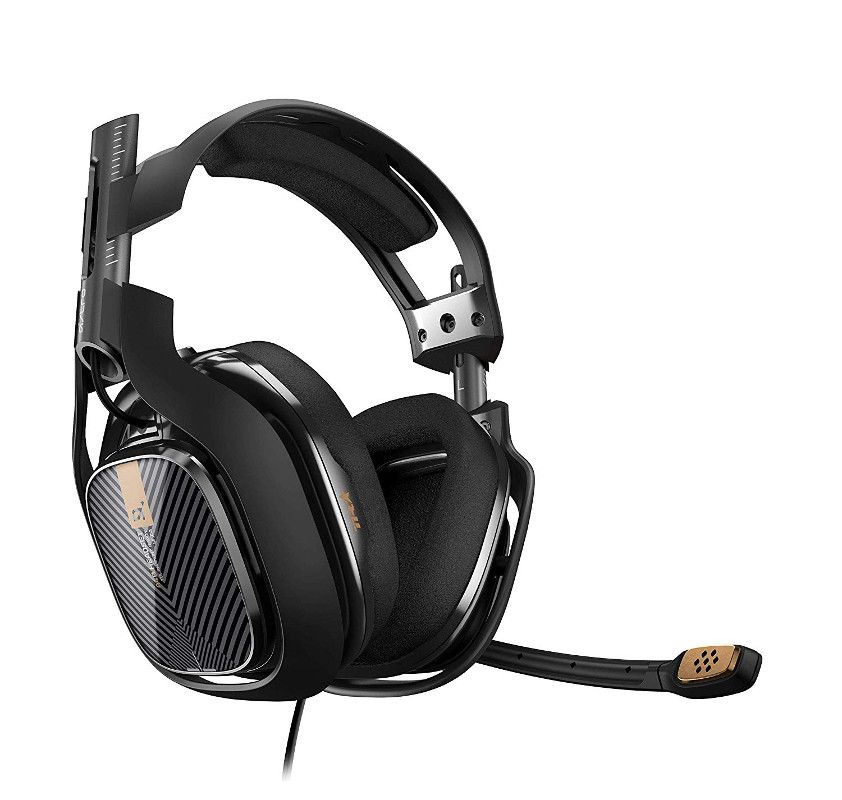
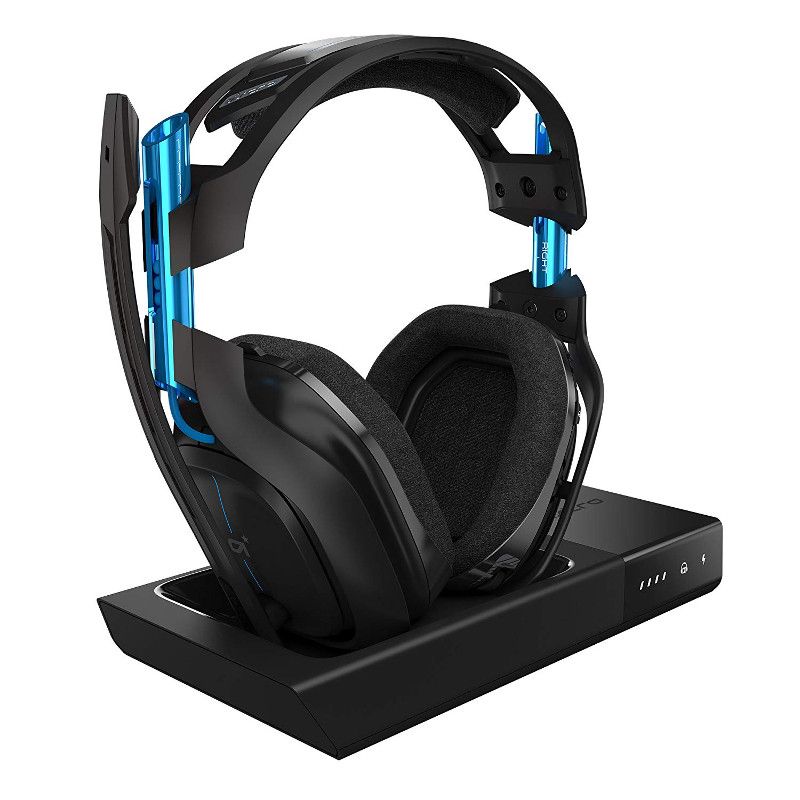
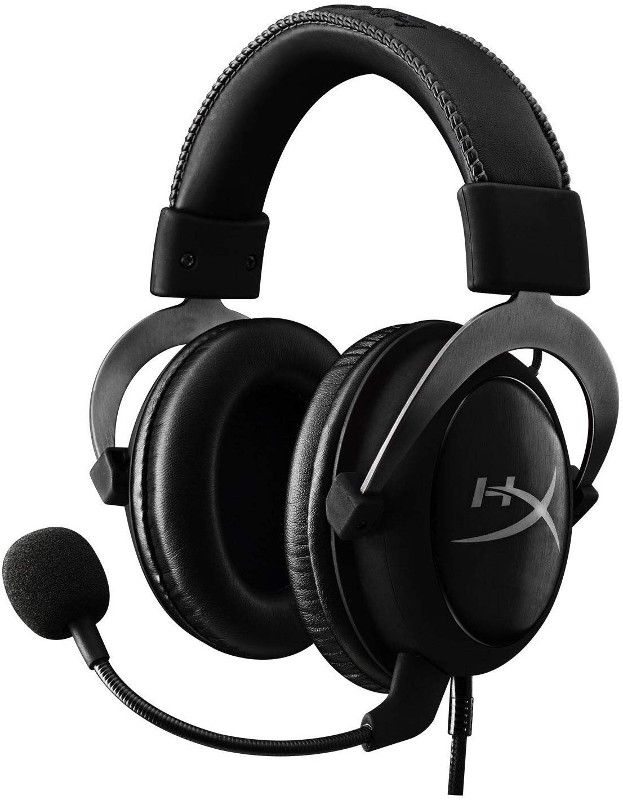
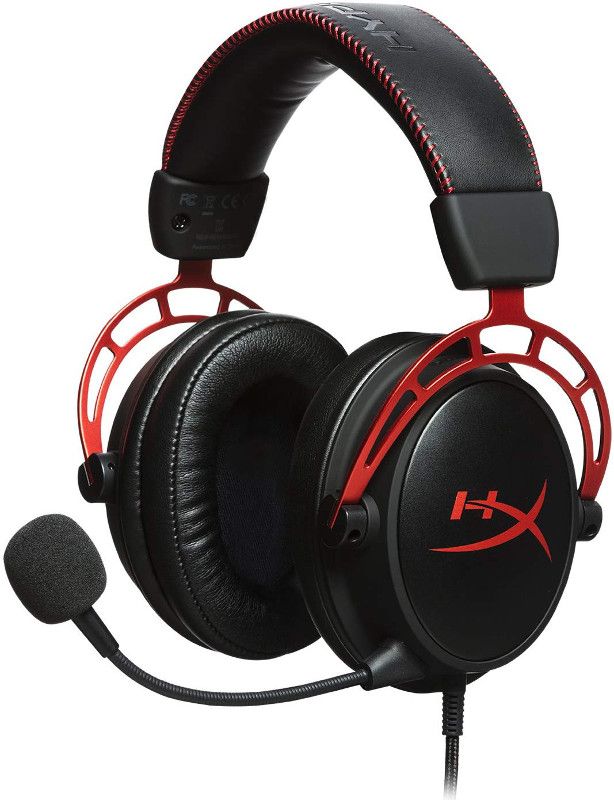
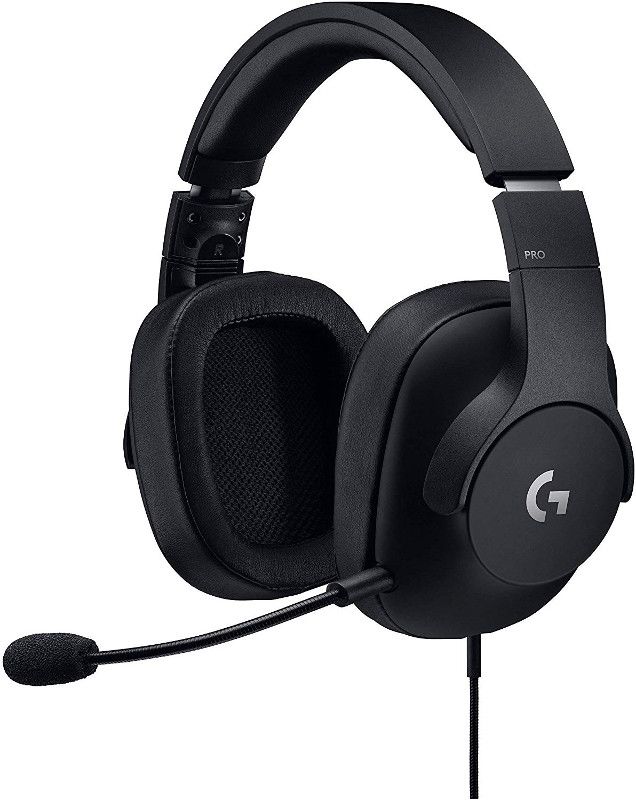
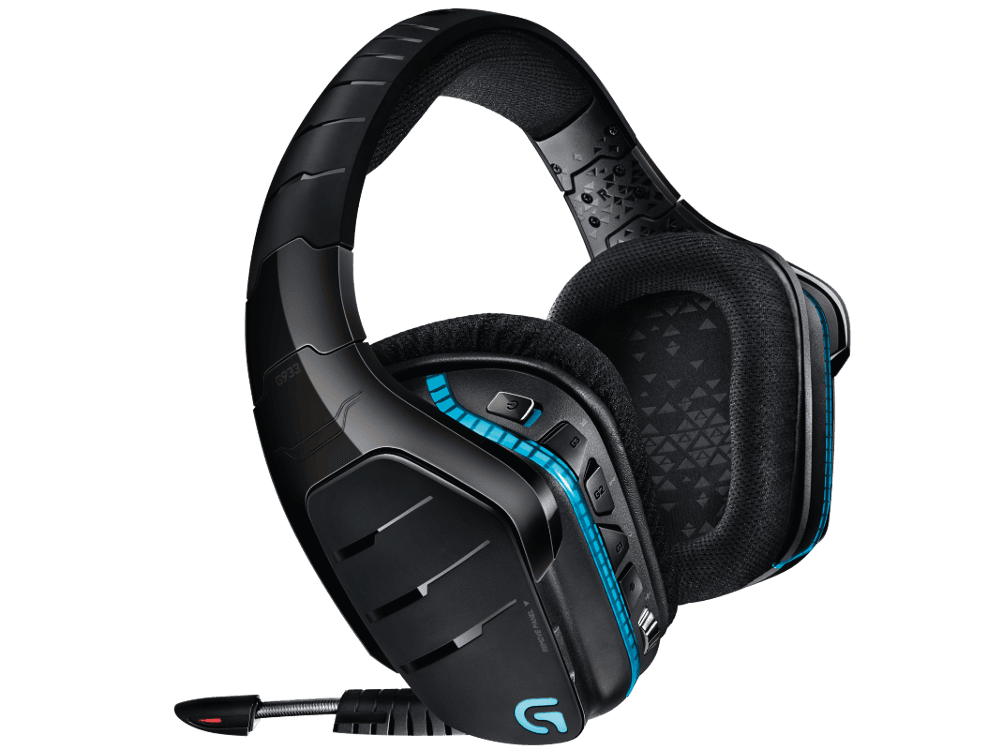
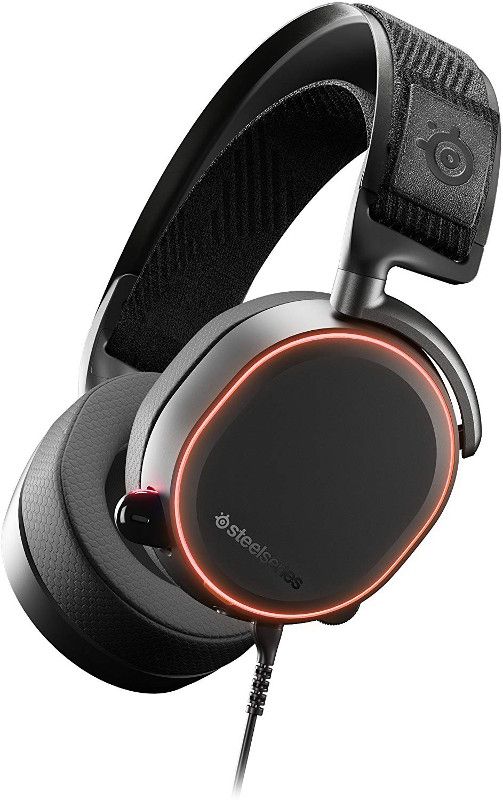





I am hearing impaired and since we went to streaming my headphones that I used with direct tv no longer work. They make a loud screeching noise. I just want them for watching tv and prefer wireless. Which ones would you suggest?
I’m sorry. I’m not sure. I would recommend perhaps going to a real-life store if possible and trying to listen through their sample headsets. Amazon also offers a number of headsets that were specifically designed for the hearing impaired. You should probably look into noise-cancelling headphones to help focus the sound and prevent interference from outside sources, at least. If you are thinking of buying on Amazon, I would advise looking at the number of reviews and not just the number of stars, searching for answers to specific questions, and watching YouTube reviews as well. Reddit could also be a resource for specific information.